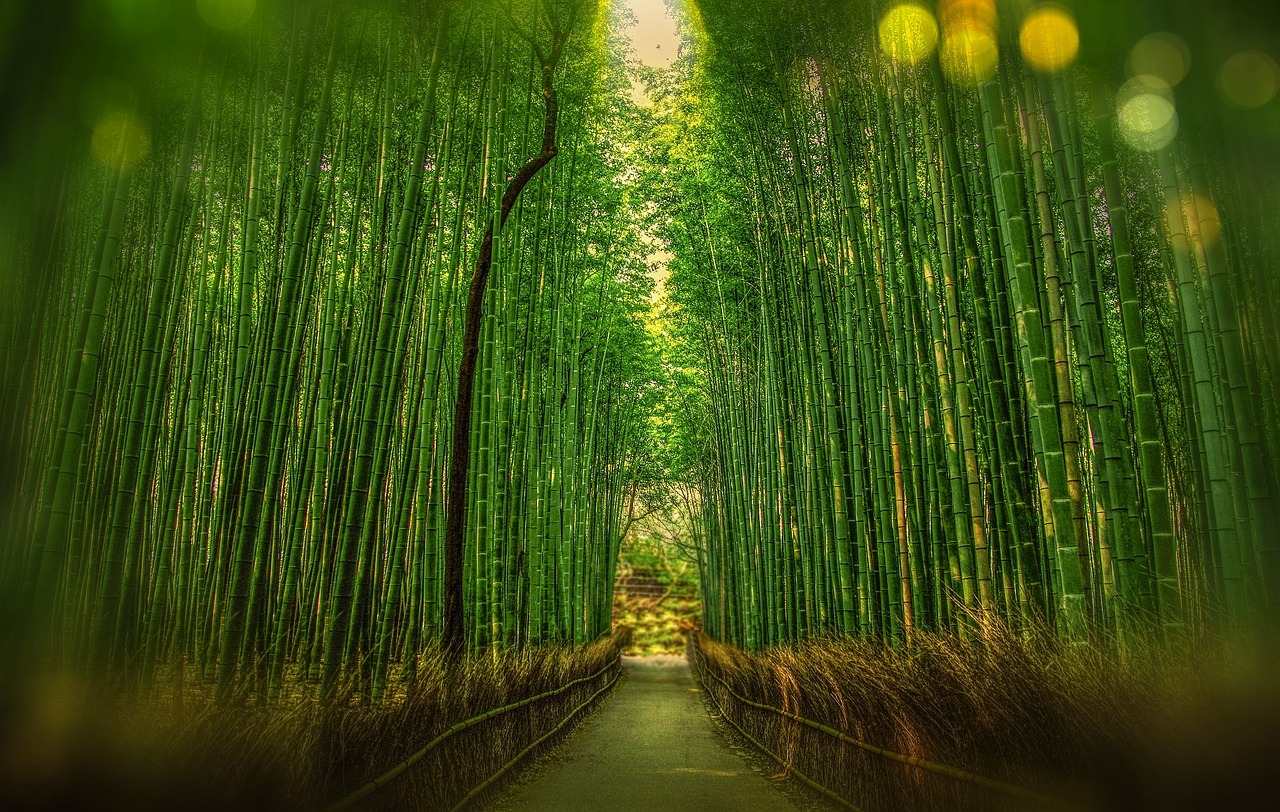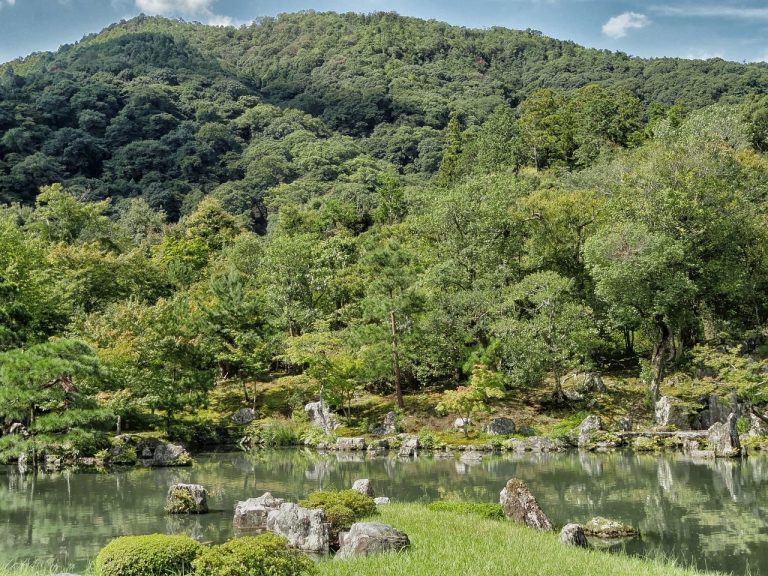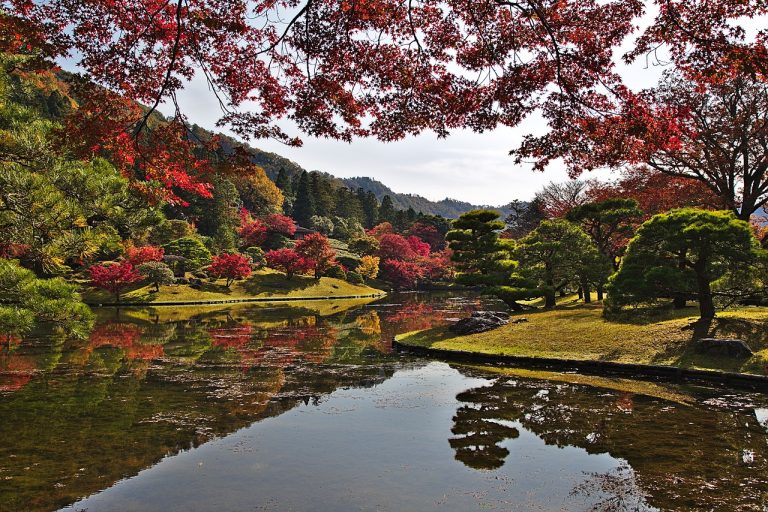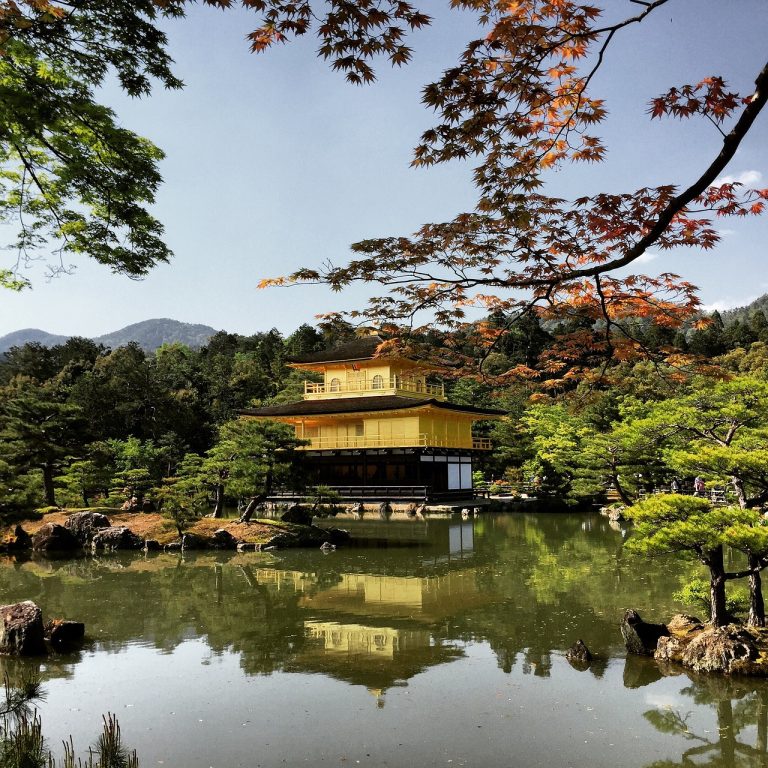Kyoto Japan Video
Social and Cultural Impact of Kyoto Japan
Kyoto, Japan, known as the cultural capital of the country, has a rich history and vibrant social scene. This article explores the social and cultural impact of Kyoto, highlighting key aspects that have shaped the city’s identity and contributed to its global significance.
Traditional Arts and Crafts
- Kyoto Pottery: Kyoto is renowned for its pottery, with styles such as Kiyomizu-yaki and Kyoyaki being highly sought after. The craftsmanship and intricate designs have made Kyoto pottery a symbol of Japanese artistry.
- Kyoto Textiles: The city is famous for its traditional textile industry, producing fabrics like Nishijin-ori and Yuzen. These textiles are used in kimono production and are appreciated for their exquisite patterns and high-quality craftsmanship.
- Kyoto Lacquerware: Lacquerware has a long history in Kyoto, with techniques passed down through generations. The intricate designs and glossy finish of Kyoto lacquerware make it a popular choice among art collectors and enthusiasts.
Keywords: Kyoto pottery, Kyoto textiles, Kyoto lacquerware
Historical Landmarks
- Kinkaku-ji: Also known as the Golden Pavilion, Kinkaku-ji is a Zen Buddhist temple that showcases the beauty of traditional Japanese architecture. Its golden exterior and stunning surrounding gardens make it a must-visit landmark.
- Kiyomizu-dera: Kiyomizu-dera is a historic temple known for its wooden terrace that offers panoramic views of Kyoto. The temple’s vibrant colors and stunning architecture attract millions of visitors each year.
- Nijo Castle: Nijo Castle is a UNESCO World Heritage site that served as the residence of the Tokugawa shoguns. Its beautiful gardens and magnificent architecture reflect the power and grandeur of the shogunate.
Keywords: Kinkaku-ji, Kiyomizu-dera, Nijo Castle
Kyoto Japan Image 1: 
Traditional Festivals
- Gion Matsuri: Gion Matsuri is one of Japan’s most famous festivals, held annually in July in Kyoto. The festival features vibrant processions, traditional music, and elaborate floats, attracting both locals and tourists.
- Aoi Matsuri: Aoi Matsuri is a historical festival held in May, featuring a grand procession of participants dressed in Heian-era costumes. The festival showcases Kyoto’s rich cultural heritage.
- Jidai Matsuri: Jidai Matsuri, meaning “Festival of the Ages,” is held in October to celebrate Kyoto’s historical significance. Participants parade through the streets wearing costumes representing different historical periods.
Keywords: Gion Matsuri, Aoi Matsuri, Jidai Matsuri
Japanese Tea Culture
- Tea Ceremonies: Kyoto is known for its tea ceremonies, which highlight the art of preparing and serving matcha, powdered green tea. Visitors can experience the tranquility and elegance of traditional tea ceremonies in Kyoto’s tea houses.
- Tea Plantations: Kyoto’s surrounding areas are home to picturesque tea plantations, where high-quality tea leaves are cultivated. These plantations offer visitors a chance to learn about tea production and enjoy scenic views.
- Tea Houses: Kyoto is dotted with charming tea houses, providing a serene atmosphere for enjoying a cup of tea. These tea houses often feature traditional architecture and beautiful gardens.
Keywords: Tea ceremonies, Tea plantations, Tea houses
Kyoto Japan Image 2: 
Geisha Culture
- Geisha Districts: Kyoto is home to several geisha districts, such as Gion and Pontocho, where geisha and maiko (apprentice geisha) can be seen. These districts preserve the traditional arts and customs associated with geisha culture.
- Geisha Performances: Visitors to Kyoto can witness geisha performances, including traditional dances, music, and games. These performances offer a glimpse into the refined and elegant world of geisha entertainment.
- Geisha Training: Kyoto’s geisha houses provide training for young women aspiring to become geisha. The rigorous training includes learning traditional arts, etiquette, and musical instruments.
Keywords: Geisha districts, Geisha performances, Geisha training
Zen Buddhism
- Zen Temples: Kyoto is renowned for its Zen temples, which offer peaceful retreats and meditation spaces. Temples like Daitoku-ji and Tofuku-ji provide visitors with opportunities for spiritual contemplation.
- Zen Gardens: Kyoto’s Zen gardens are famous for their minimalist design and tranquil atmosphere. Ryoan-ji Temple’s rock garden and Ginkaku-ji Temple’s silver sand garden are notable examples.
- Zen Meditation: Visitors can participate in Zen meditation sessions at various temples in Kyoto. These sessions provide an opportunity to experience the mindfulness and serenity associated with Zen Buddhism.
Keywords: Zen temples, Zen gardens, Zen meditation
Culinary Delights
- Kaiseki Cuisine: Kyoto is known for its refined kaiseki cuisine, a multi-course meal that beautifully presents seasonal ingredients. The meticulous preparation and artistic presentation make it a culinary experience to remember.
- Yudofu: Yudofu, a traditional Kyoto dish, consists of tofu simmered in a flavorful broth. It is a popular choice among vegetarians and showcases the delicate flavors of Kyoto’s cuisine.
- Kyoto Sweets: Kyoto offers a wide variety of traditional Japanese sweets, known as wagashi. These sweets are often made with ingredients like matcha, red bean paste, and mochi.
Keywords: Kaiseki cuisine, Yudofu, Kyoto sweets
Kyoto Japan Image 3: 
Modern Cultural Hubs
- Kyoto International Manga Museum: The museum showcases the history and art of manga, a popular form of Japanese comic books and graphic novels. It serves as a hub for manga enthusiasts and artists.
- Kyoto Art Center: The center promotes contemporary art and supports local artists through exhibitions, workshops, and residencies. It plays a vital role in fostering creativity and innovation in Kyoto’s art scene.
- Pontocho Alley: Pontocho Alley is a narrow street lined with traditional machiya buildings that house restaurants, tea houses, and bars. It is a popular nightlife spot where visitors can experience Kyoto’s modern entertainment scene.
Keywords: Kyoto International Manga Museum, Kyoto Art Center, Pontocho Alley
Conclusion
Kyoto’s social and cultural impact is undeniable, with its rich heritage, traditional arts, and vibrant festivals. The city’s historical landmarks, tea culture, geisha traditions, Zen Buddhism, culinary delights, and modern cultural hubs all contribute to its unique identity. Kyoto continues to attract visitors from around the world, offering a captivating blend of tradition and modernity.
References
- kyoto.travel
- japan-guide.com
- kyototourism.org
- kyotoartcenter.com
- kyotointernationalmangamuseum.jp







